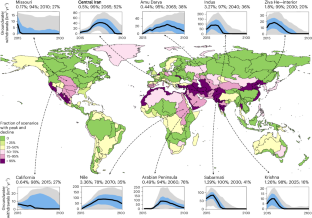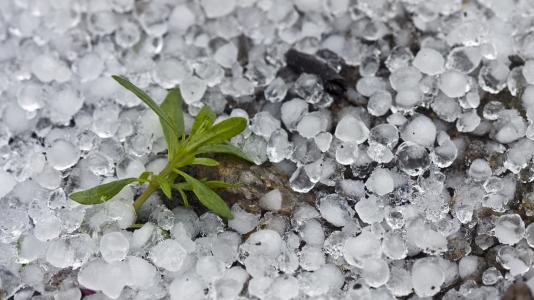2024-04-25 オークリッジ国立研究所(ORNL)
<関連情報>
- https://www.ornl.gov/news/divining-peak-groundwater
- https://www.nature.com/articles/s41893-024-01306-w
将来の地下水取水量の世界的なピークを予測 Global peak water limit of future groundwater withdrawals
Hassan Niazi,Thomas B. Wild,Sean W. D. Turner,Neal T. Graham,Mohamad Hejazi,Siwa Msangi,Son Kim,Jonathan R. Lamontagne & Mengqi Zhao
Nature Sustainability Published:22 April 2024
DOI:https://doi.org/10.1038/s41893-024-01306-w

Abstract
Over the past 50 years, humans have extracted the Earth’s groundwater stocks at a steep rate, largely to fuel global agro-economic development. Given society’s growing reliance on groundwater, we explore ‘peak water limits’ to investigate whether, when and where humanity might reach peak groundwater extraction. Using an integrated global model of the coupled human–Earth system, we simulate groundwater withdrawals across 235 water basins under 900 future scenarios of global change over the twenty-first century. Here we find that global non-renewable groundwater withdrawals exhibit a distinct peak-and-decline signature, comparable to historical observations of other depletable resources (for example, minerals), in nearly all (98%) scenarios, peaking on average at 625 km3 yr−1 around mid-century, followed by a decline through 2100. The peak and decline occur in about one-third (82) of basins, including 21 that may have already peaked, exposing about half (44%) of the global population to groundwater stress. Most of these basins are in countries with the highest current extraction rates, including the United States, Mexico, Pakistan, India, China, Saudi Arabia and Iran. These groundwater-dependent basins will probably face increasing costs of groundwater and food production, suggesting important implications for global agricultural trade and a diminished role for groundwater in meeting global water demands during the twenty-first century.




